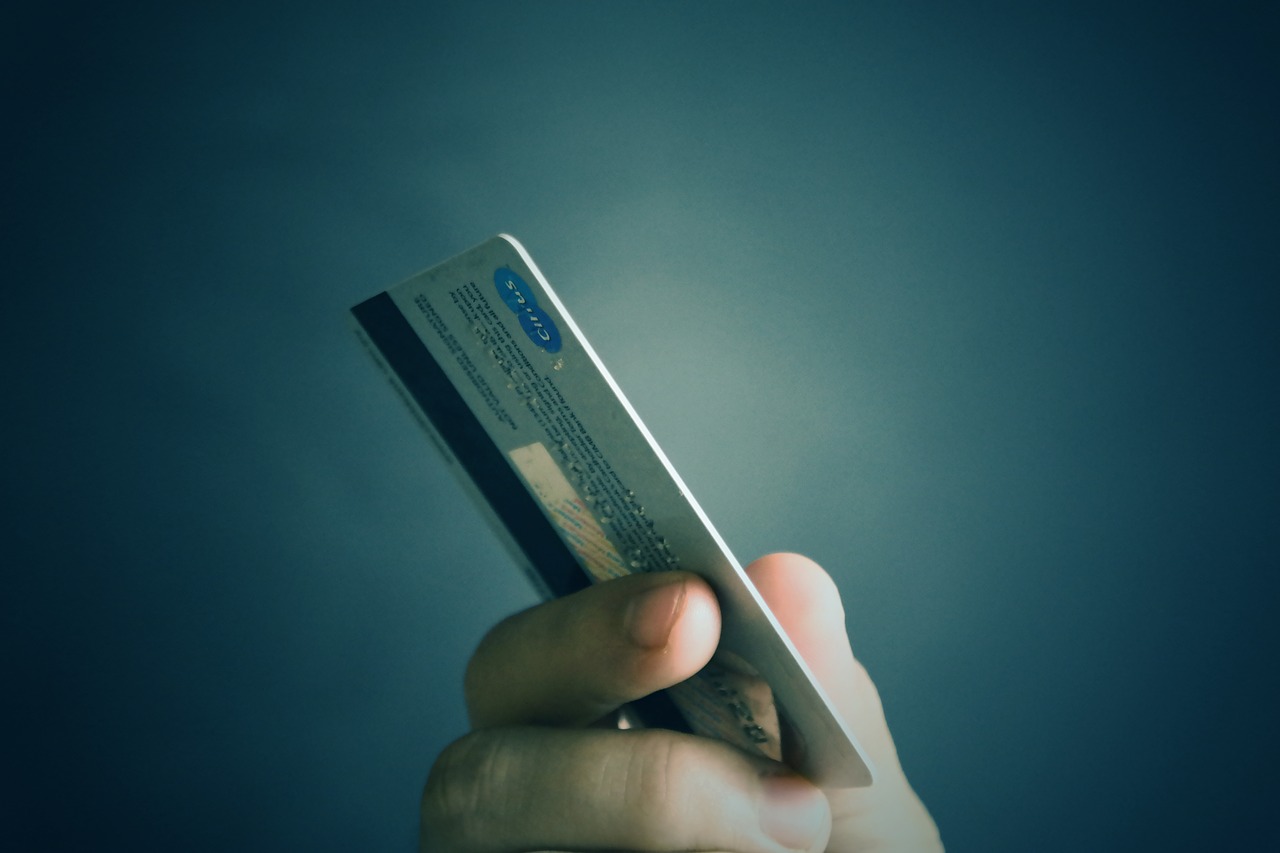
If you are struggling with credit card debt, you are far from alone. Consumer credit card debt is on the rise with the average household owing more than $8,300, according to WalletHub. With an average APR of 16.15%, you could be stuck paying this debt for more than 15 years and pay over $6,300 in interest if you just make minimum payments.
Ready to ditch credit card debt for good? Use these five easy and practical tips to pay down your debt as fast as possible.
1. Make a Commitment to Paying Down Debt
It’s not enough to want to pay off your debt or increase your payments by a modest amount. When your credit card debt is sizable, it’s important to make the debt a major commitment in your life. Go over your budget carefully and look for areas where you can cut back or save money. You may need to reduce your cable package, cook meals at home more often, or skip movie nights and other forms of entertainment to free up more money every month. Every $1 you save in other areas of life can be put toward the debt to make you that much closer to being credit card debt-free.
2. Start with the Most Expensive Debt
The “debt avalanche” method is the fastest way to pay off credit card debt, and it saves you the most money in the long run. Make a list of your debts arranged from the balances with the highest to lowest interest rate. Make the minimum payments on all balances except the account with the highest interest rate.
This account should be targeted with all of your extra cash until the balance is paid. Next, move on to the second debt on your list and make the largest payments you can afford. The payments should increase now that you have freed up more money by paying off an account. Continue this method until all of your credit cards are paid off.
3. Try the Snowball Method
If your high-interest card has a very high balance or you would like to see progress right away, instead focus on paying off your debts in order from the smallest to the largest balances. Paying off your first account in the shortest amount of time can give you confidence and motivation to stick with your plan.
4. Always Pay More Than the Minimum
No matter which strategy you use, it’s always a good idea to pay more than the minimum payment on your credit cards. Monthly minimum payments can barely exceed the new interest charges on the debt.
This means you can be trapped paying off a relatively small balance for years or even decades with a total cost that may be double the original balance.
5. Consider a Balance Transfer
If you have good credit and know you won’t accrue more credit card debt, transferring your balances to a new credit card can save you a substantial amount of money. Balance transfer credit cards typically offer a 0% APR for a limited time. By essentially paying no new interest charges for at least a year, you can pay off your debt faster and easier.
If you decide to get a balance transfer card, make sure you check the fine print. Avoid a credit card with an annual fee and find out if there is a balance transfer fee. This fee is usually 3% and gets added to your transferred balance. With a large balance, the fee can be as high as several hundred dollars. There are a few cards that waive the balance transfer fee initially, however. The BankAmericard credit card, for example, gives you a 0% intro APR for 15 months with the balance transfer fee waived for the first 60 days.
A final word of warning: make sure you aren’t late on any payments with a balance transfer credit card, or you can lose the promotional 0% APR.



